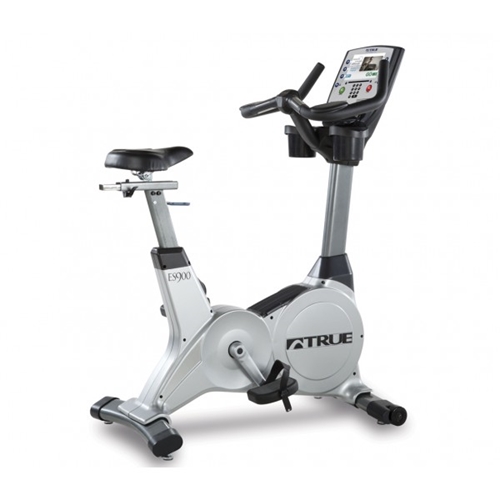
Tips to become a better cyclist
 Whether you hop on your stationary bike because you enjoy the exhilarating cardio workout or you love the sport and are training for various races, finding ways to improve as a cyclist is always a worthwhile goal.
Whether you hop on your stationary bike because you enjoy the exhilarating cardio workout or you love the sport and are training for various races, finding ways to improve as a cyclist is always a worthwhile goal.
While racers might be interested in learning how to become more agile, faster or have better endurance, exercisers could be looking to lose more weight, improve their post  or strengthen their lower body. Whatever the case may be, striving to become a better cyclist is important for growth, avoiding fitness plateaus and overcoming boredom.
During the warmer months, you may alternate training indoors on home fitness equipment and outdoors on various terrain, but in the cold weather months it’s more likely you’ll spend all of your exercise sessions in your home gym. That’s why it’s important to know how to become better on your True Fitness ES900 Upright Bike, which is ergonomically designed for a realistic cycling experience, and with the Heart Rate Control technology, you can push yourself using your target heart rate without discomfort thanks to the gel seat.
Here are some other ways you can become a better cyclist:
Distribute your weight evenly
In order to have your best ride, Women’s Health magazine suggested distributing your weight so that 60 percent is on the saddle and 40 percent is on the handlebar. This helps eliminate excess pressure on your joints, which decreases your risk of pain and allows you to move more efficiently. Also, your seat should be positioned so that you experience a slight bend in your knee when your foot is at the bottom of a stroke, and it’s important to be comfortable as well.
Dress the part
It can be easy to just throw on old sweats and hop on the bike, but to really feel like a cyclist and get in the right mental state, it’s helpful to wear clothing designed for the sport. Cycling shorts are designed to have less fabric, which lessens the chances of wrinkling or bunching up. They may also have special lining or wicking material to remove sweat. A fitted shirt made of the same material is also a good idea.
Don’t stay seated
While sitting on your bike seat is how you ride most of the time, it’s important to work in different positions to maximize the efficiency of each session. You can use 10 percent more energy out of the saddle, and if you’re riding hills you might need that extra boost. Increase the resistance level and alternate between standing and sitting to really work those leg muscles and pump up your heart rate.
It’s also a good idea to change your hand position to avoid overworking back, neck and arm muscles, which is common when you stay in one position too long.
Keep your pedaling smooth
You’ll want to aim for graceful circles as you pedal instead of jamming your foot around over and over. Stay on the balls of your feet and, according to Women’s Health magazine, aim for 90 rotations per minute (rpm). You can calculate this by counting how many times your right knee moves up in one minute.
“A faster cadence works your cardiovascular system and doesn’t tire your muscles as quickly as slower, low-gear pedaling does,” Alison Dunlap, an Olympian who runs mountain bike skills clinics in Utah and Colorado, told the source.
Watch your upper body
Your lower body should be doing most of the work, but it’s important to maintain a strong core and proper posture each time your ride your bike. Check in with your upper body from time to time to make sure you’re not rocking side to side. You want to keep your back flat but relaxed to avoid straining your lower back and creating unnecessary discomfort.
